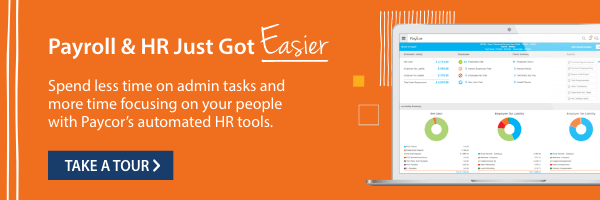Paid Leave Oregon took effect on September 3, 2023. This new, state-wide program offers protected, paid leave when employees face certain life events. While it has many benefits for workers, it can present a major compliance issue for employers. Here’s what HR needs to know:
Who is Eligible for Paid Leave?
Workers are eligible for these benefits if they:
- Currently work in Oregon
- Made at least $1,000 in the state of Oregon in their base year*
- Work full time, part time, or for more than one employer
- Are self-employed and have already elected to choose Paid Leave Oregon coverage
- Workers are NOT eligible if they:
- Are self-employed and HAVE NOT already elected to choose Paid Leave Oregon coverage
- Work for the federal government
- Are elected officials or holders of public office
- * Calculating a base year is a little complicated. The state of Oregon defines a base year as “the first four of the last five completed calendar quarters before the start date of your paid leave benefit year.” So, for example, imagine a person want to take paid leave starting in January 2025. In that case, they must have earned a minimum of $1,000 between October 2023 and September 2024.
Qualifying Events
Employees can take this type of leave for a few specific reasons:
- Childbirth
- Bonding with a new child (through birth, adoption, or foster care) during their first year in your home
- Treatment for/recovery from a serious medical condition
- Caring for a family member with a serious medical condition
- Seeking safety or recovery from sexual assault, domestic violence, stalking, or a bias crime
What Benefits are Part of Paid Leave Oregon?
Eligible employees have the right to:
- Up to 12 weeks of paid leave per calendar year (or 14 for pregnant employees in certain situations)
- Choose when and how to schedule paid leave, as long as they take entire days or entire weeks.
- Protected status – these workers can’t lose their jobs if they’ve had it for at least 90 days before taking paid leave
The amount an employee receives during their leave is based on their earnings in the previous year. The maximum they can receive is 120% of the state average weekly wage. In 2024, the state average weekly wage is $1,269.69.
What Does Paid Leave Oregon Mean for Businesses?
These new regulations might seem like a headache. But with the right systems in place, you can easily stay compliant. Here’s what employers need to do:
- Provide employees with written information about their rights and responsibilities under the new laws.
- Withhold employee contributions to Paid Leave funds per state law and pay those contributions out to employees when they go on leave.
- Track workers’ leave time and pay.
- Protect employees’ jobs and positions if the employee has been with the same employer for 90 days in a row.
- Large employers (with an average of 25 or more employees) DO pay the employer amount of the Paid Leave contribution.
- Small employers (with an average of fewer than 25 employees) DO NOT need to pay the employer amount of the Paid Leave contribution.
Stay Compliant with Paycor
- For workers, Paid Leave Oregon is a big step forward. For employers, it might be hard to implement these changes. Without the right HR software, you might be struggling to calculate withholdings, track your employees’ leave time, and meet state reporting deadlines.
- Paycor’s suite of HR solutions takes the guesswork out of compliance updates. HR can track changes, setting up customized rules for certain locations. You can also update the employee handbook quickly and easily, so your entire team can stay on top of important changes.
Learn more about Paid Leave Oregon.
Request a consultation to discuss how Paycor can help you simplify Oregon Paid Leave deductions.










